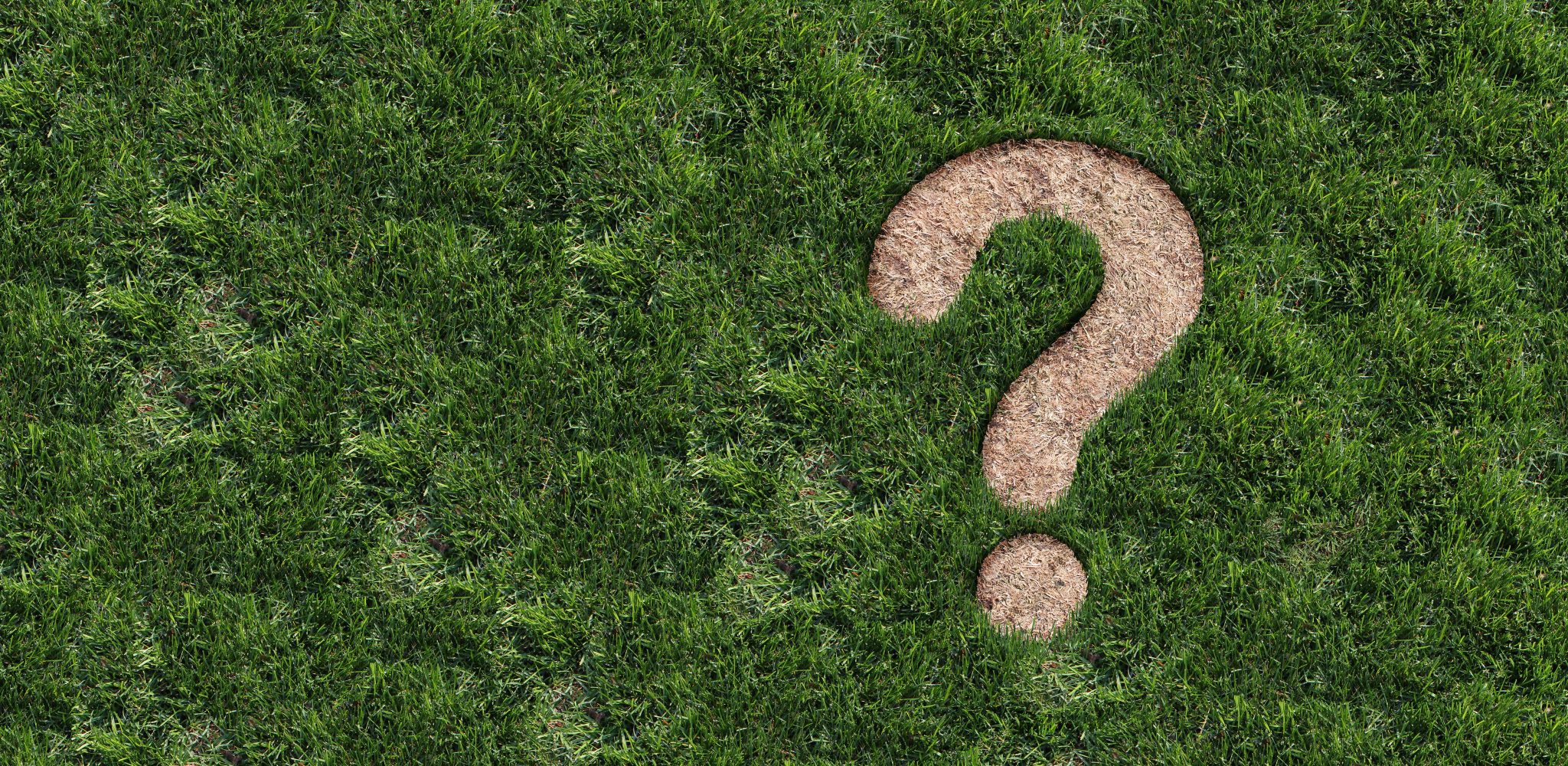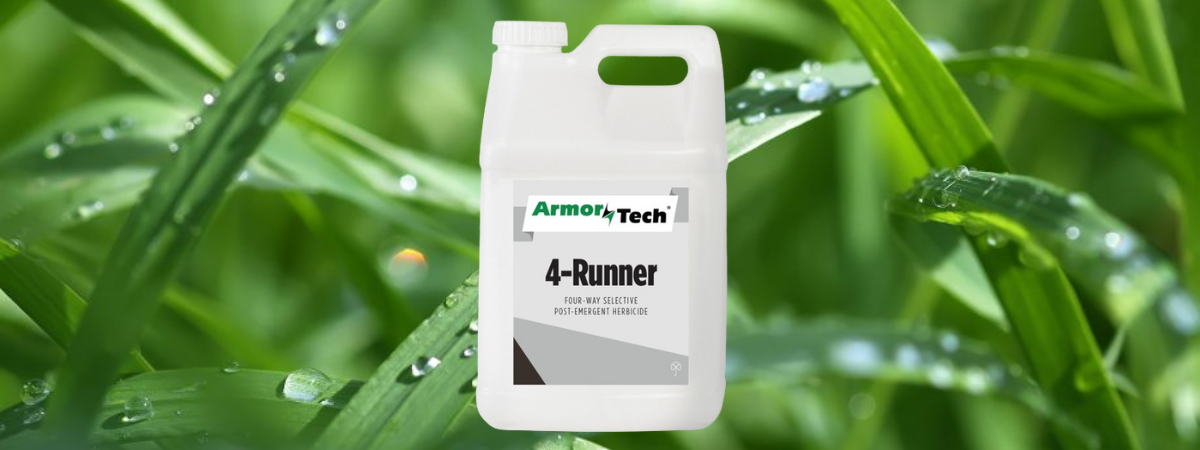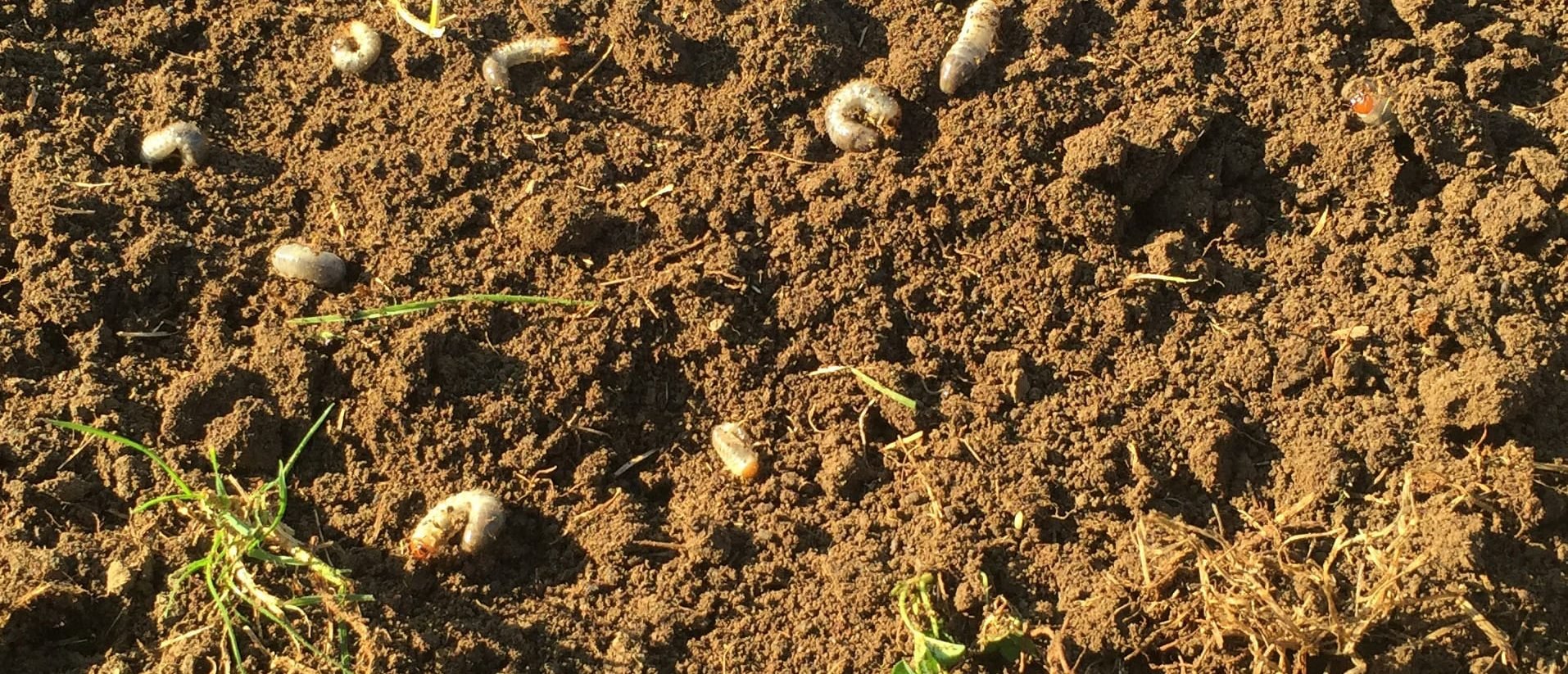There are a lot of things that can cause brown spots in your lawn, which makes it hard to get rid of the unsightly splotches. One of the easier causes to identify, though, is insects. There are a handful of insects that do serious damage to home lawns every year, infesting turf throughout their life cycle and leaving brown patches in their wake.
One such pest is grubs, which are beetle larvae that live underground and feed on grass roots. The root damage prevents the grass from taking in the nutrients it needs, causing it to wilt and turn brown. You can check for a grub problem by pulling out a small section of grass. If it pulls out easily, that indicates root damage and could be a sign of grubs.

Another insect that causes brown spots is the billbug, a common but often misdiagnosed pest. Billbugs lay their eggs inside grass stems, where they hatch into legless larvae that feed on the plants from the inside out. Their damage weakens the grass so that it breaks off easily when pulled. Where the grass breaks off, you may notice insect excrement (called “frass”) that looks like sawdust.

Chinch bugs are flying insects that damage lawns as both adults and nymphs, feeding on grass blades and extracting nutrients from the plants. They also inject a poison into the grass that turns it brown and can even kill it. Check for a chinch bug infestation by looking for the insects in the thatch layer of your lawn.
Sod webworms are the larvae of “lawn moths,” which eat grass blades at night and live in silk-lined tubes (or, “webs”) in the thatch and soil layers. If you notice these webs in your lawn, there’s a good chance it’s a webworm problem. You may also see the adult moths flying near the surface of your lawn at dusk, in addition to noticing thinning and brown grass.

Another destructive moth larva is the armyworm, which feeds on grass blades before becoming a brown fuzzy moth as an adult. You can identify the larvae by the upside-down “Y” shape on their heads, and you’re most likely to find them eating in the cool hours of the day.

Similarly, cutworms are moth larvae that feed on grass blades and leave brown patches in the lawns they infest. You may also notice patches of bare lawn where the larvae have chewed the grass off at the base. Cutworms live in burrows in the ground, which you can find if you know to look for them.
If you have brown spots in your lawn and see some of the evidence described above, then insects are probably the culprit. Otherwise, it could be one of a number of other problems causing the brown patches. Check back next week for another blog post addressing a different source of brown spots.












